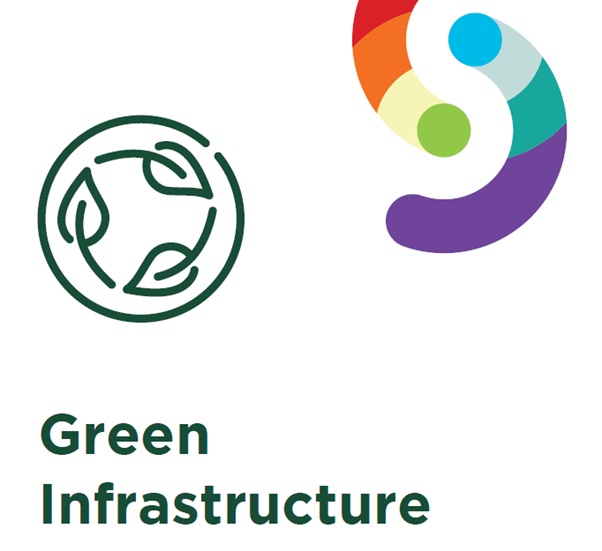Chapter 4

Vision
Promote the development of an integrated GI network for South Dublin County working with and enhancing existing biodiversity and natural heritage, improving our resilience to climate change and enabling the role of GI in delivering sustainable communities to provide environmental, economic and social benefits.
Introduction
This chapter of the Development Plan, alongside the associated maps, sets out the Green Infrastructure Strategy for the County. The EU defines Green Infrastructure (GI) as:
“ a strategically planned network of natural and semi-natural areas with other environmental features designed and managed to deliver a wide range of ecosystem services such as water purification, air quality, space for recreation and climate mitigation and adaptation.”
It comprises the interconnected network of natural, semi-natural and artificial habitats, green spaces and ecological assets that traverse our urban and rural areas. A healthy and well-connected GI network provides a range of social, economic and ecological benefits. Protecting natural features and combating habitat fragmentation improves biodiversity, filters pollutants and helps to improve air and water quality as well as preventing flooding by helping to control surface water runoff. From a placemaking perspective, it is an asset that can raise the profile of the County, influence business decisions to invest and encourage people to live and work in the County. As an integral component of building well designed and sustainable communities it is key to the success of the overall concept of connected, compact growth avoiding the damage created to the environment and climate through urban sprawl and facilitating improved physical and mental wellbeing. In this way GI is a holistic approach to land use planning which balances spatial, social and economic development in a way that enhances the natural environment.